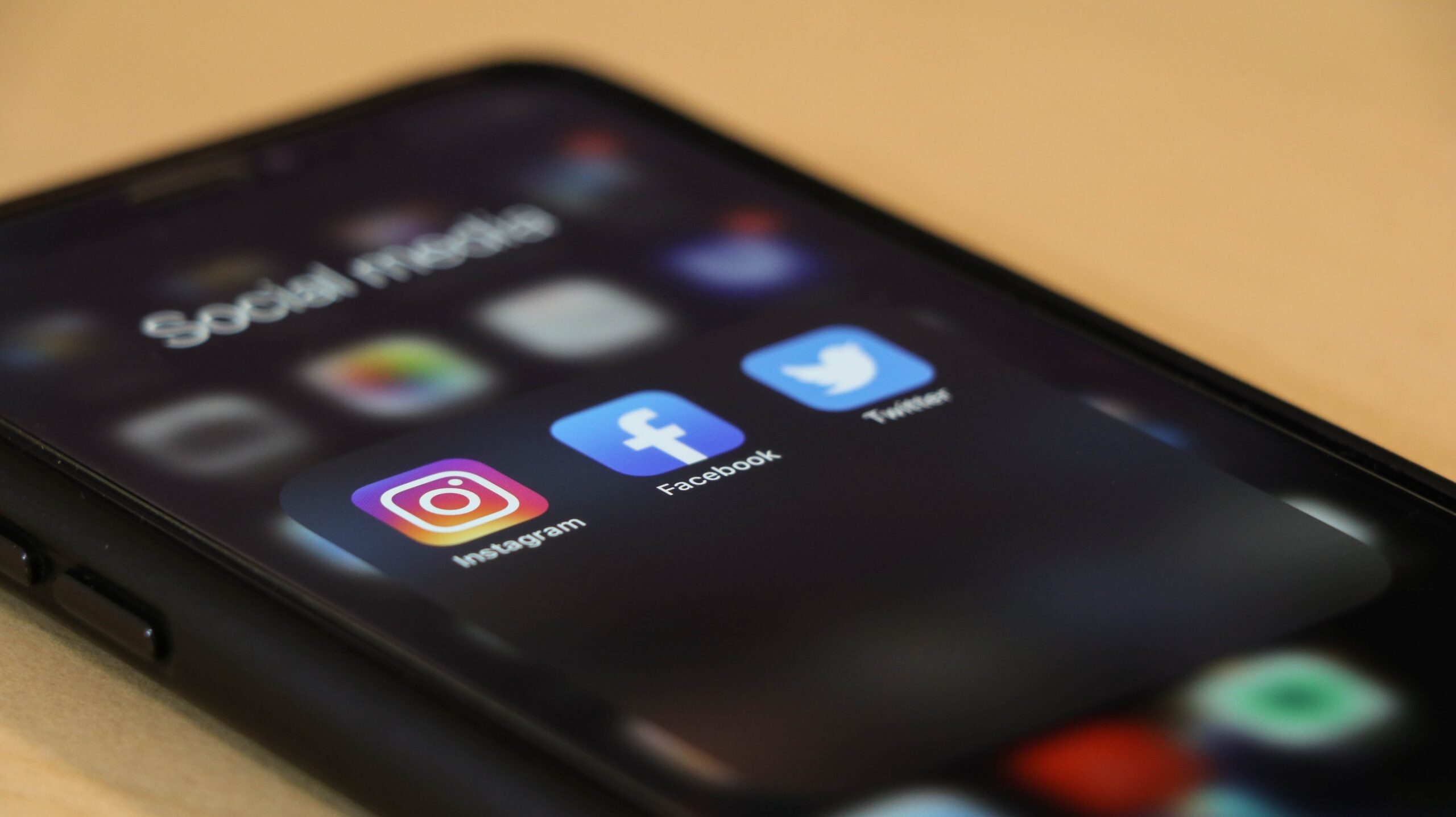Your employees could spend all day qualifying leads, but their work is wasted if the leads aren’t converting into sales.

Even some of the most impressive conversion rates rarely break the 8 percent mark. Fortunately, low close rates don’t have to fall under the “that’s just how it is” category. In fact, the tips provided in this guide can help you increase your close raclose rateercent in just one month.
Chapter 1: How Businesses Can Close the Sale Before Contact
It’s a common belief that the ability to close a sale is based solely on the representative’s interaction with clients.

While this is technically true, it’s also true that sales are made or lost based on what happens before an employee reaches out to a prospect. Successful sales come down to scripting and sales coaching. If you can improve in these areas, your agents will be better prepared to handle contacts in a way that increases the likelihood of closing a sale.
Here are a few scripting tips:
- Get Feedback: Your agents are on the front line, so it’s essential to ask them what’s working and failing in a script.
- Update Scripts: With markets and your business evolving constantly, you need to make sure your script can evolve with them.
- Real-Time Call Coaching: Utilize a phone system that allows supervisors to coach representatives even when they’re on a call. This ensures they remain on script and can identify potential issues with the script itself.
- One and Done: A single training session simply isn’t enough. Make sure you reinforce what’s taught even if it’s only through contests or follow-up assessments.
- Reinforce Training: Leverage a phone system that records calls automatically. This allows managers to review calls and go over them with agents to reinforce training.
- Ask “What’s in it for me?”: Sales reps need to know what they’re getting out of the training. “You’ll make higher commissions” simply isn’t good enough. Let them know how retaining this information will help them better assist prospects. On average, it costs around $1,200 to train a single employee. Make sure you’re making the most of this training by ensuring each employee is fully prepared to make a sale.
Chapter 2: Using Marketing to Remove Sales Objections
Marketing is an integral part of a successful sales funnel. It’s so important that many companies integrate their marketing and sales acceleration telephony to improve promotional tactics.

What many fail to recognize, though, is that appropriate marketing can preemptively remove sales objections. To accomplish this goal, managers must identify the most common sales objections their agents encounter. You can do this by listening to recorded calls via your phone system. Once you have the sales objections identified, you can focus your marketing message to reassure prospects these concerns are unfounded.
Here are a few examples:
- “It’s too expensive”: Your email marketing can explain the money saved or return on investment (ROI) a client will experience by using your product or service.
- “I’m fine with what I have”: Your social media marketing can focus on what differentiates you from competitors and where they’re falling short.
- “Are you experienced enough?”: Prospects may not know if you have the experience to truly solve their problems. You can use your blog to provide educational content and build yourself as an industry leader.
Marketing isn’t always about attracting new prospects — it can also help you close the deal. If you take the time to dispel sales objections before they’re encountered, your agents will have an easier path to closing the sale.
Chapter 3: How Gamification Will Increase Your Close Rate
Gamification occurs when you take traditional game features and apply them in non-traditional contexts.

In the business world, this could include having a reward for the top seller or providing real-time leaderboards in the office. In essence, gamification in the workplace encourages employees to compete as if they’re playing a game. While this certainly sounds like it would create a more enjoyable workplace, it’s also worth noting that gamification can increase your company’s close close rateoes this through a variety of methods:
- Increased Employee Engagement: A full 70 percent of employees say they’re disengaged while at work. Gamification has been shown to increase engagement, and this means your employees are more focused on doing what they’re paid for.
- The Need for Competition: Salespeople are naturally competitive, but when you toss up a leaderboard that shows them falling behind, this competitive nature increases exponentially. Competitive employees work harder for those sales.
- Improve CRM: Customer relationship management (CRM) is integral in maintaining strong sales figures. Fortunately, CRM and gamification occupy the same space. If a salesperson isn’t keeping appropriate notes in the CRM system, they can’t provide proof of their exemplary competitive prowess!
Studies consistently show that gamification in the workplace creates increased revenue. You’ll see numerous benefits regardless of how you integrate this strategy.
Chapter 4: Making Every Call a Local Contact
With constantly improving e-commerce technology, organizations have the ability to do business across state and even international lines. Unfortunately, this creates its own slew of problems such as multi-state tax compliance.

When it comes to increasing your close rate, your biggest issue will be the lack of a local phone number. However, even if you purchase the most high-tech CRM connected telephony systems, contacting leads without a local phone number will reduce your chance of closing a sale. There are several reasons behind this, but the biggest issue is likely the consumer desire to do business locally.
In fact, overhalf of all customers say that spending money with local businesses is important to them. Fortunately, virtual phone systems now allow you to have automatic local presence dialing. Here are just a few benefits linked to these systems.
- Increased Customer Trust: Consumers already have a certain level of distrust with inside sales calls. By having a local number, you can put their minds at ease that they’re dealing with a legitimate company.
- Improved Business Image: Imagine if Walmart only had one phone number. It would be a bit strange, right? By having different phone numbers for separate departments or locations, you’re creating a professional image.
- Advanced Services and Features: Many virtual phone systems come equipped with additional features such as searchable call history, analytics dashboards and real-time call coaching.
- Increased Close Rate: Consumers are more prone to answer calls from local numbers than area codes they don’t recognize. This is why businesses are five times more likely to connect with customers when calling from local numbers.
While you might not have considered your phone system as a sales acceleration telephony system, that’s exactly what you can turn it into with the appropriate software. The old adage says that “all business is local,” and this can be the case even when it’s not.
Chapter 5: Using the Fear of Loss to Increase Sales Today
Studies have shown that people work harder to avoid losing a dollar than they do attempting to earn a dollar. This is because consumers have a fear of losing out.

Research consistently shows that creating a sense of urgency and scarcity in the sales world results in higher close rates. Urgency and scarcity can be broken down to introducing a fear of loss in consumers if they fail to act right away. Essentially, your inside sales team could talk about a product’s benefits all day and still be unable to achieve the success rate linked to fear of loss. Here are just a few methods for creating an image of urgency and scarcity:
- Temporary Items: Let consumers know that a particular item is only available for a limited time, and if they don’t purchase it quickly, they’ll be stuck dealing with the problems this product could’ve solved.
- Customer Bonus: If you can offer certain bonuses for immediate purchase, you can let consumers know they’ll miss out on this bonus if they hesitate to buy.
- Price Increase: If you needed a product and knew the price was going up tomorrow, you’d probably make a purchase today. Even if the increase is coming from the end of a discount, make sure leads know the deal will end soon.
The fear of loss is a unique psychological response in humans, and, fortunately, it can help you increase your close rate. Consumers don’t want to miss out on a great deal, so it’s your job to keep them informed.
Chapter 6: Automating Voicemail to Move On to the Next Lead
Anyone who has worked in a call center environment is accustomed to hearing, “Please leave a message after the tone.” Unfortunately, leaving a voicemail rarely results in a callback.

In fact, only 33% of people listen to their voicemails don’t even listen to their voicemails. That’s why it’s essential to make leaving a message as efficient as possible. There are a ton of ways to improve your voicemail script, but this still presents the issue of your sales reps wasting time leaving messages that typically are never returned. This is where voicemail drop services come in. Inside sales phone systems equipped with voicemail drop allow agents to click a single button to leave a perfect pre-recorded message. They don’t even have to wait for the greeting or “beep” to finish. This means employees can take the time to perfect their voicemail — or a variety of voicemails — and then select the appropriate message while moving on to their next call. It takes an average of one minute to leave a voicemail.
This equates to well over an hour of wasted time if a rep makes 100 calls a day. Voicemail drops can eliminate this wasted time.
Chapter 7: How System Integration Can Increase Close Rates
While we’d like to think that representatives are consistently selling, this simply isn’t the case.

In fact, studies show that many agents spend less time on pitching and selling to prospects than anything else. Believe it or not, a significant amount of time is actually spent on administration duties. This creates an environment requiring the integration of systems and tasks whenever possible. If you’re asking why, it’s because a lack of efficiency can cost a company millions of dollars in sales revenue yearly. Fortunately, many modern enterprise software solutions can integrate other functions. One of these allows agents to automate call activity logs, improve customer profiles, save call analytics within the CRM and automatically create new leads right from the phone system.
Considering the fact that agents spend up to 20 percent of their time entering information into a CRM, this integration frees them up to make more sales calls. And in the end, more sale calls mean more sales.
Chapter 8: Building Authority via Social Media Outreach
As mentioned several times throughout this guide, consumer trust is essential for inside sales. In fact, it can lead to conversions you’re not even expecting.

A full 83 percent of consumers say they would recommend a company they trusted to others. To build this trust, though, you have to build authority. Since even Forbes states that building authority is essential for increasing sales revenue, the question comes down to accomplishing this goal. Luckily, utilizing social media is the easy answer. Here are just a few ways to pull it off:
- Share Industry News: Showing consumers you’re always abreast of the latest happenings in your industry showcases authority.
- Create Useful Content: People don’t want to work with a company that only shares other people’s work. Create informative content via white papers, videos and even infographics to showcase your knowledge.
- Respond to Follower Questions: If someone asks a question on your social media pages, make sure the public sees that you’re informed enough to answer it.
- Join Conversations: When people start talking about your industry on social platforms, jump in on the conversation. This will help establish you as an industry leader.
Remember, Trust and brand authority set prospects’ minds at ease when they hear from your agents. They want to know they’re doing business with a respected organization, and in the digital age, social media is the answer.
Chapter 9: Website Case Studies: How Simple Changes Increase Close Rates
As evidenced in the previous chapters, there are several approaches for increasing close rates.

Some of the most often overlooked methods are simple changes to a website. While you might not think that anything other than training, marketing and corresponding with contacts could increase close rates, the following case studies prove there’s much more to the client experience.
Highrise Puts People First
Highrise, a CRM company, had done quite well for itself but wanted to do better.
The company focused on the landing page, reducing the text information and adding the image of a smiling person. Their paid conversions quickly increased by 102.5 percent with the new design.
Further analysis proved that differences in the featured person didn’t affect this increase substantially.
Nature Air Calls to Action
Nature Air, a travel company, took a huge hit during the recession.
They knew increasing their close rate was essential for survival. They attempted this by simply moving their call to action (CTA) into their content area and making the messaging more specific. After Nature Air took this simple action, Google showed a conversion rate increase of nearly 600 percent over their previous design.
They attempted this on 17 different landing pages and saw similar results on each of them. If increased close rates are as simple as altering your CTA, there’s no excuse not to make the change.
Adding Trust Improves Sales
Horloges, an online watch retailer, decided to update the landing page banner.
The only major change they made was simply adding a guarantee. This change was entirely focused on increasing trust. Similarly, the voice actor aggregation site Voices.com decided to increase trust by showcasing the logos of big-name clients. After Horloges made the change, they saw a 41 percent increase in their conversion rate.
When they combined this change with a video and altered CTA, Voices.com saw an even more impressive 400 percent jump in conversions. When it comes down to it, your website needs to convey trust and authority.
Your Website Is Unique
Each of these case studies shows that simple website design changes can increase overall sales. It’s important to remember, though, that every situation is different. The main takeaway is that you should try new designs and test their effectiveness until you find what works best for your organization.
Your Company’s Success Is in Your Hands
Your close rate is the most important driver of success in your organization.

By utilizing even a few of the tools and strategies mentioned in this guide, you should see an increase in your closing rate of at least 10 percent in only one month. If you are seriously committed to success, you could see improvements that far surpass these numbers. The case studies in Chapter 9 are a testament to this commitment.
Different strategies will vary in their success rates between industries and companies, but if you utilize as many of these approaches as possible, your organization can rise to the next level.
To learn more about how you can increase your conversion rates and grow your sales team’s success, click here to start your free trial of Kixie today!


